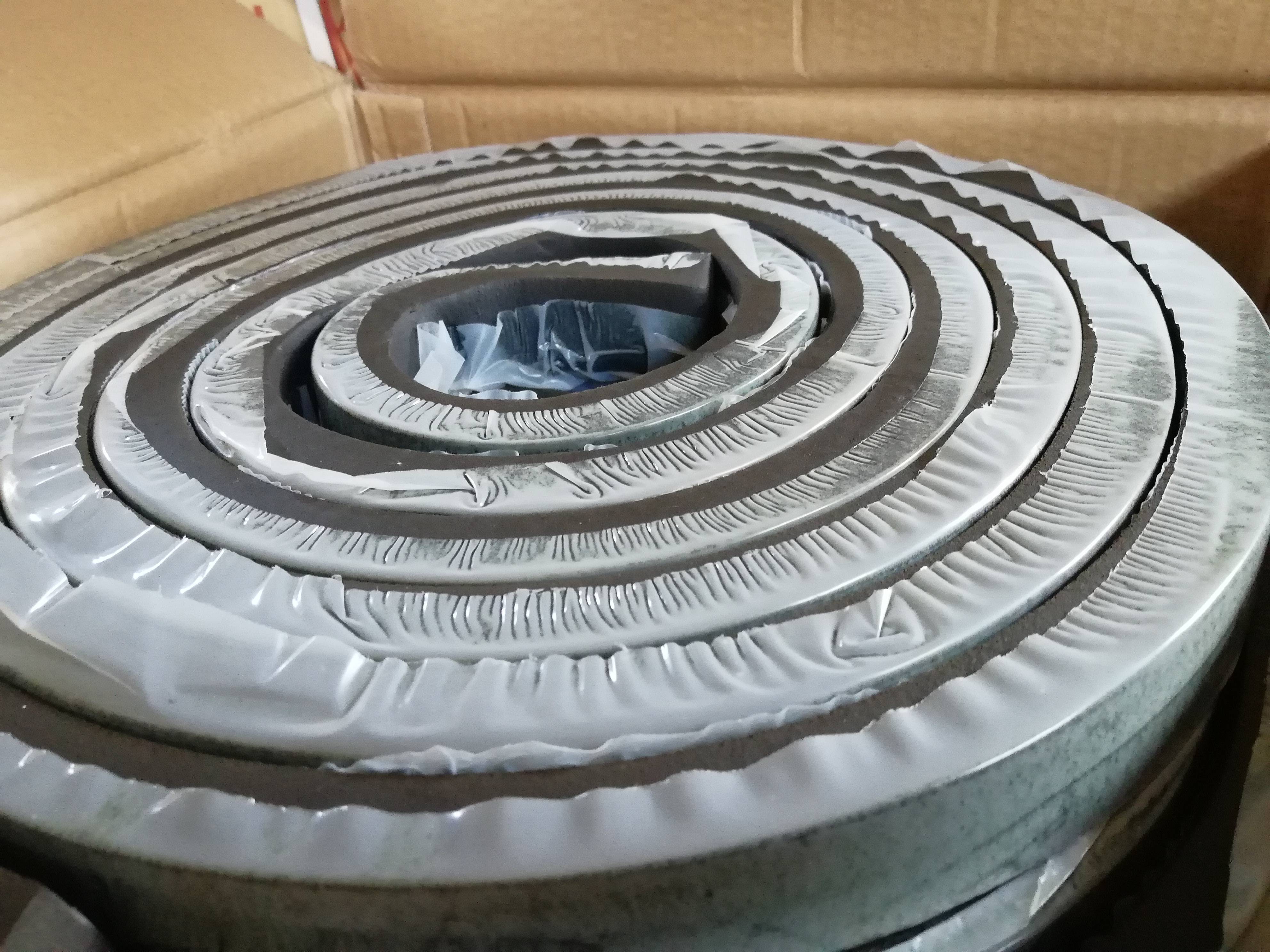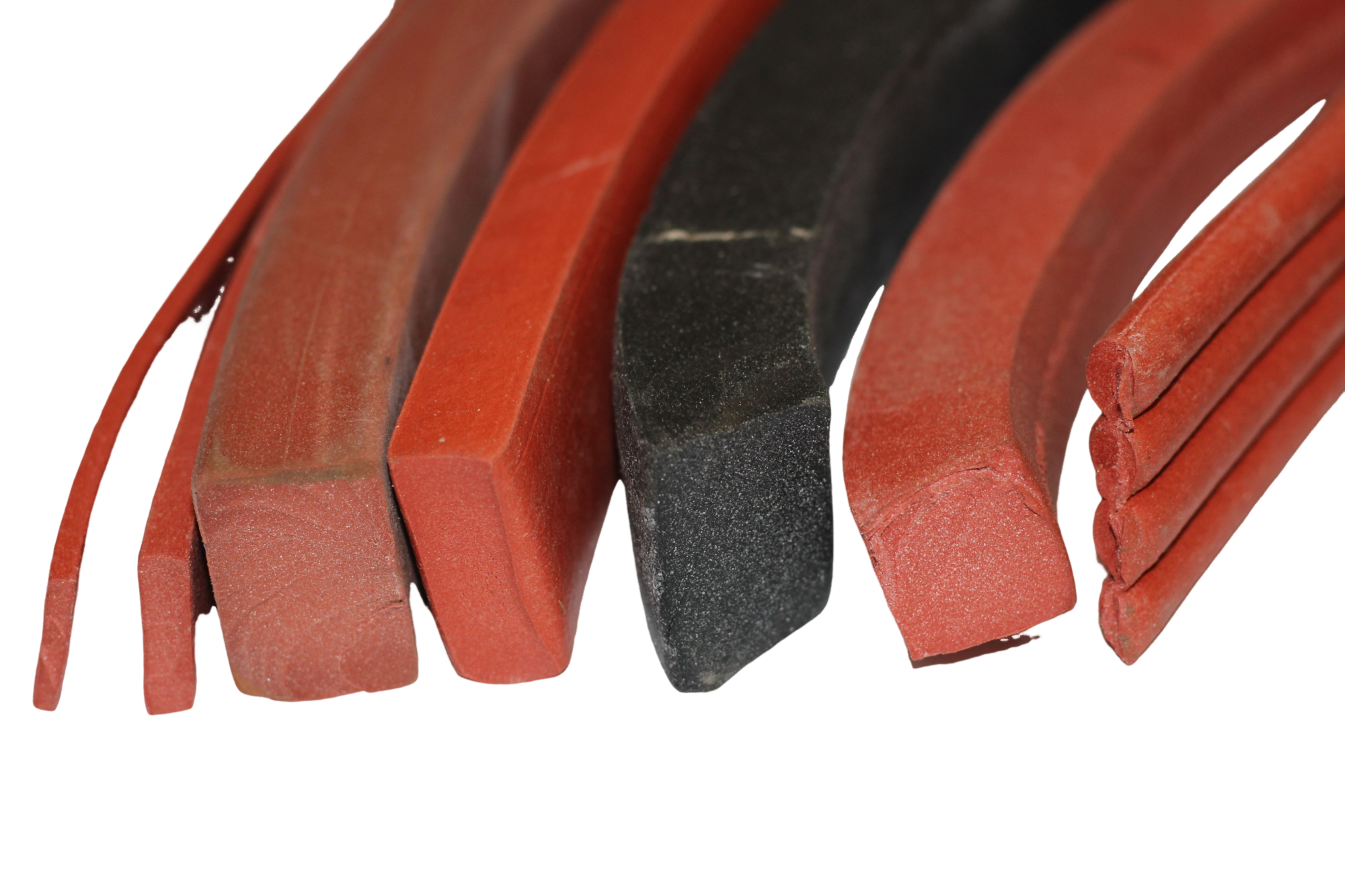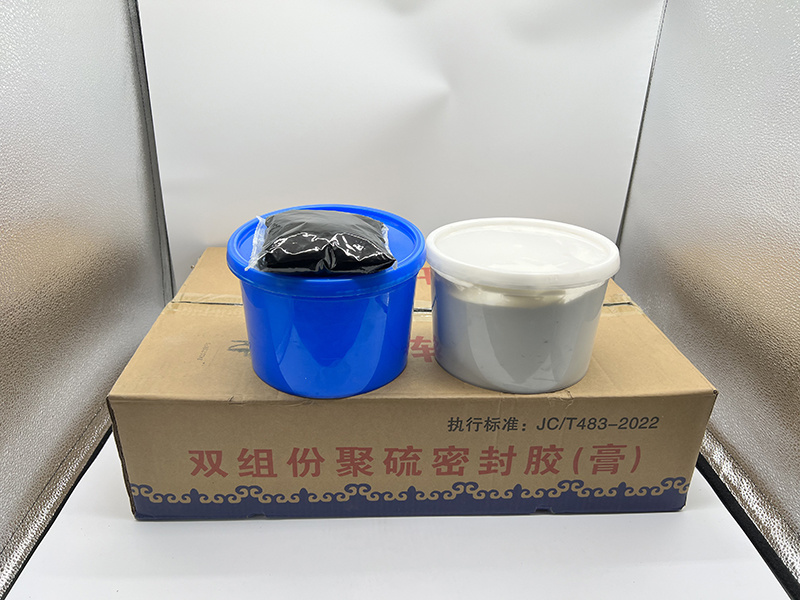Introduction to Two-Component Polyurethane Sealant Products
Release time:
2025-01-20
Polyurethane construction sealant is a two-component reaction-curing type, consisting of components A and B. Component A is a milky white or black paste, while component B is a black paste or liquid made from a mixture of curing agents and additives that have been dehydrated. After curing, it possesses certain elasticity and adhesion.
Two-component polyurethane sealant belongs to the two-component reaction curing type, consisting of components A and B.
Polyurethane construction sealant is a two-component reaction curing type, composed of components A and B. Component A is a milky white or black paste, while component B is a black paste or liquid made from a mixture of curing agents and additives that have been dehydrated. After curing, it has certain elasticity and adhesion.
Product features: excellent wear resistance, low-temperature flexibility, a wide range of adjustable performance, high mechanical strength, good adhesion, good elasticity, excellent recovery, suitable for dynamic joints and deformation joints, and expansion joints. Good weather resistance, excellent oil resistance, resistant to biological aging, and low cost.
Scope of application: This product is used for the connection and filling seal of construction joints in civil engineering, transportation, and concrete precast components. It is suitable for high-grade roads, bridges, aircraft runways, underground pipelines, joint sealing, as well as expansion and deformation joints in tunnels and buildings.
Precautions: 1. The building must be kept dry, clean, and free of oil stains.
2. Before construction, a primer should be applied to the surface. After the surface is dry, protective tape 50mm wide should be applied 10mm from both sides of the gap to prevent excess polysulfide sealant from dirtying the surface of the structure during construction.
3. Mix one bucket of white polysulfide sealant (component A) and one bag of black curing agent (component B) thoroughly until there is no color difference. (Note: Due to different climates, use more component B in winter and less in summer) A:B=10:0.8-1.2, a small test should be done before use.
4. Use a trowel or caulking gun to fill the mixed polysulfide sealant into the gap, compacting it to fill completely, and then smooth the sealant with a putty knife that is ≥10cm wide.
5. After applying the sealant, remove the protective tape, and avoid water exposure for 24 hours.
(Surface dry time ≤ 24 hours, water testing can be done after 7 days, and all performance will be achieved after 28 days.)
Key words:
You can also learn more about the industry dynamics













